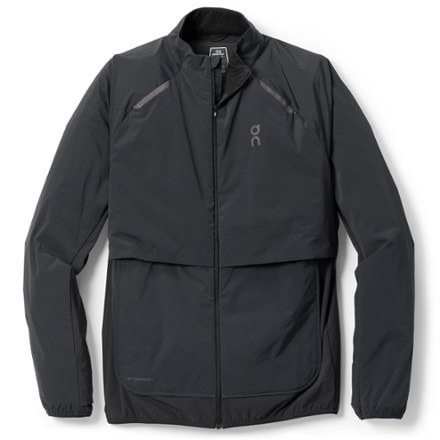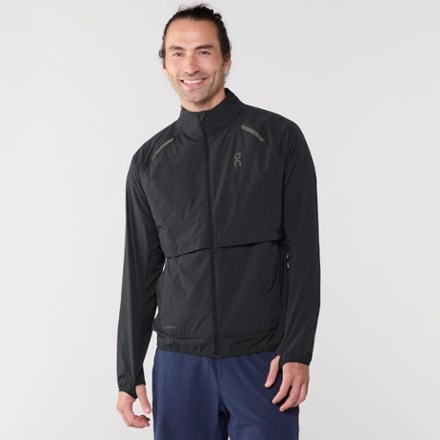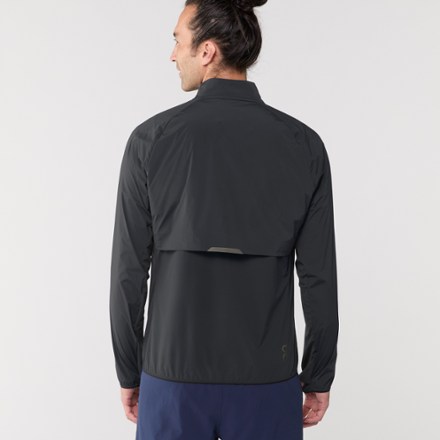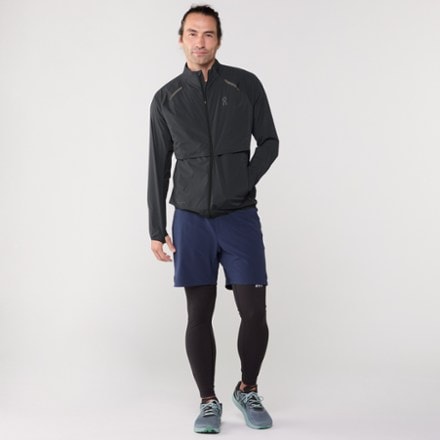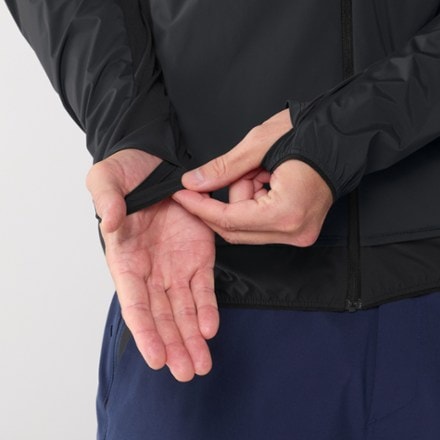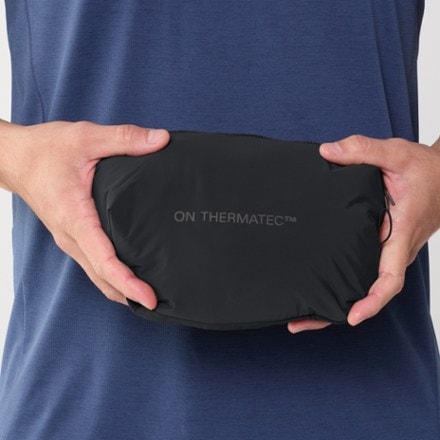Skip to search results
loaded 1 results
On Insulated Jackets
(1 product)Products (1)
Filter
- Reflective (1)
- Packable (1)
- Insulated (1)
- Hip-length (1)
- Running (1)
- Solid (1)
- Men's (1)
- Hoodless (1)
- Synthetic (1)
- Core Vents (1)
Sort: Best Match
View:
- OnWeather Jacket Insulated - Men's$250.00(0)0 reviewsSize Type:Regular, BigFeatures:Reflective
Insulated
Packable 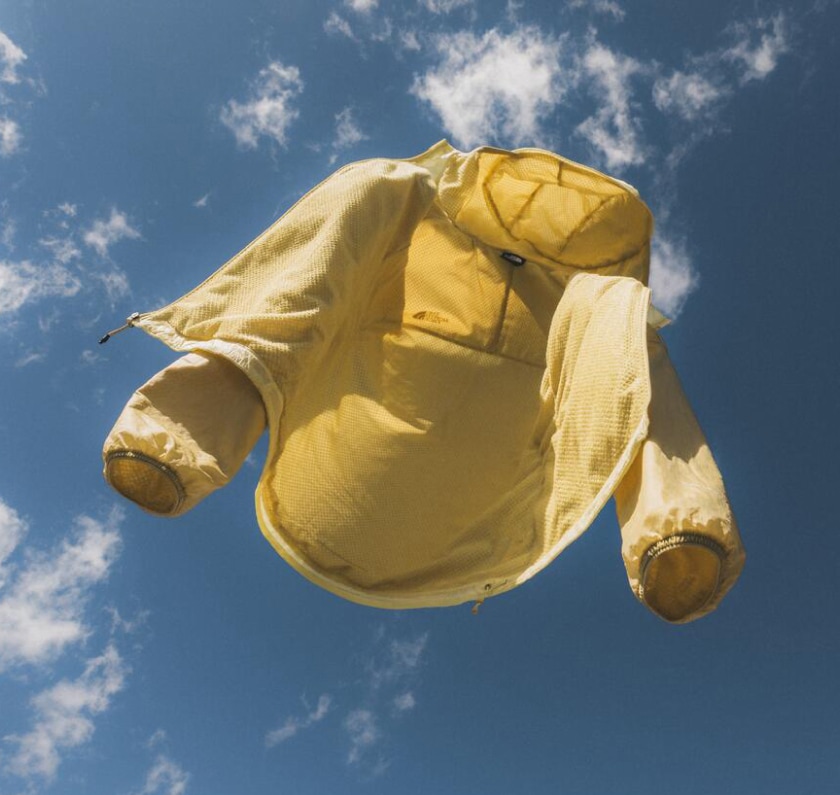
only at rei
The North Face Ridgelite
Be the first to get the packable, wind-resistant jacket featuring FUTUREFLEECE™ lining for lightweight insulation.
Shop now
Sort: Best Match
Related Expert Advice articles
Standard or inflatable personal flotation device (PFD)?
- Standard: Low-maintenance, always buoyant, great for various water sports, often with pockets. Can feel bulky, restrictive and hot while paddling.
- Inflatable: Slimmer profile and comfortable, but must be inflated to work so not great for high-impact activities, kids under 16, nonswimmers or situations where you might end up injured or unconscious before you can inflate. Requires regular maintenance and replacement of carbon dioxide cartridge.
- Hybrid: Balances features of both, with a heftier price tag.
What conditions will you encounter?
- Level 50: For competent swimmers and activities like kayaking and paddle boarding, where mobility is needed but quick rescue is expected.
- Level 70: For calm, inland waters where fast rescue is likely.
- Level 100: For rough or remote waters or offshore where rescue may take a while.
Finding the right fit
- Try on PFDs with your paddling clothes to get the best fit.
- Mimic paddling motions to ensure there’s no chafing.
- Make sure it works with your seat without riding up or feeling uncomfortable. Shorter PFD work well for kayakers.
- If possible, test your PFD in a pool or shallow water; it should not ride up or slip over your chin while floating.
Which insulation do you prefer?
- Down: Ultralight, warm and packable—but won't insulate when damp and dries slowly.
- Synthetic: Insulates when damp, dries fast and often less pricey than down—though heavier and less packable.
- Wet or humid conditions or high activity? Consider water-resistant down, synthetics or down/synthetic hybrids.
How much will temperature and weather vary?
- Most insulated jackets feature water-resistant shells. Some use waterproof/breathable material—pricier but they eliminate the need for a separate rain shell.
- For high-exertion activities, look for vents in the underarm or core area to dump heat.
- Some jackets vary insulation and shell materials based by body zone to provide weather protection and breathability where needed.
Consider features:
- Hoods: Add warmth and protection; some are detachable or helmet-compatible
- 3-in-1 jackets: Combine an outer shell and midlayer that zip together, so you can wear separately or as one
- Pockets: Designed to stash gear, secure valuables and more.
Our staffers pick their favorite rain jackets from Patagonia, REI Co-op, Outdoor Research, Arc'teryx and more—perfect for hiking, backpacking, everyday use and more.
Read full article: The 8 Best Rain Jackets of 2025: Staff Picks
A cycling jacket comes in handy when the weather takes a turn. We’ve gathered our top recommendations for however you ride.
Read full article: The 6 Best Cycling Jackets of 2025: Staff Picks
Learn how to choose the best size, fit and type of PFDs for kids before you head out on the water.
Read full article: How to Choose PFDs (Life Jackets) for Kids
Whether you're on a cold-weather adventure or running errands, these top fleece picks will keep you warm and comfortable for every activity.
Read full article: The Best Fleece Jackets of 2025: Staff Picks
